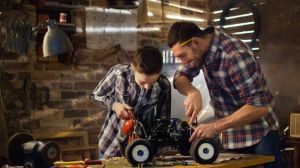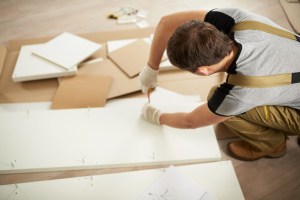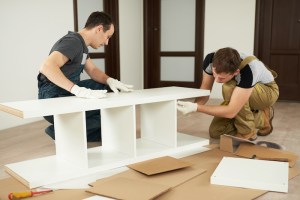The New York Times reports that ride-on toy cars — from pedal-powered vehicles to motorized sedans that look (and drive) just like mom and dad's car — remain one of the hottest toy trends in North America. But while toy cars might be smaller and usually intended for … [Read more...] about How to Assemble a Toy Car
How to Find Reliable Local Handyman Services Near You
Are you planning a home improvement project that is above your skill level? Does your business interior need a major upgrade to keep up with competitors in your niche? If yes, then you need to find local handyman services to give your project an edge. Whether hiring a … [Read more...] about How to Find Reliable Local Handyman Services Near You
Handyman Hiring Tips for Assembling Furniture
Finding the right local handyman services near you. When it comes to new furniture, it's hard enough to get a bulky dresser inside your home.. and it's even harder for furniture with assembly service required. Often times the job is just too big. For furniture assembly of … [Read more...] about Handyman Hiring Tips for Assembling Furniture
Furniture Stores That Assemble For You
Where can I pay someone to assemble furniture? You're all set to spice up your new home after ordering a new dresser, but the anticipation fades when you look at the instructions on how to put it together. Although purchasing a new piece of furniture can be exciting, … [Read more...] about Furniture Stores That Assemble For You




